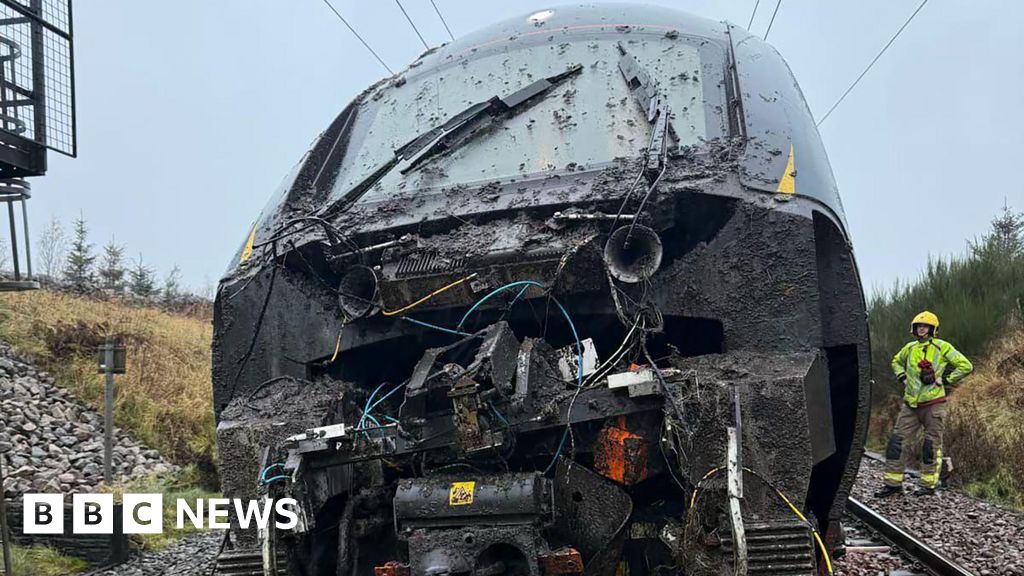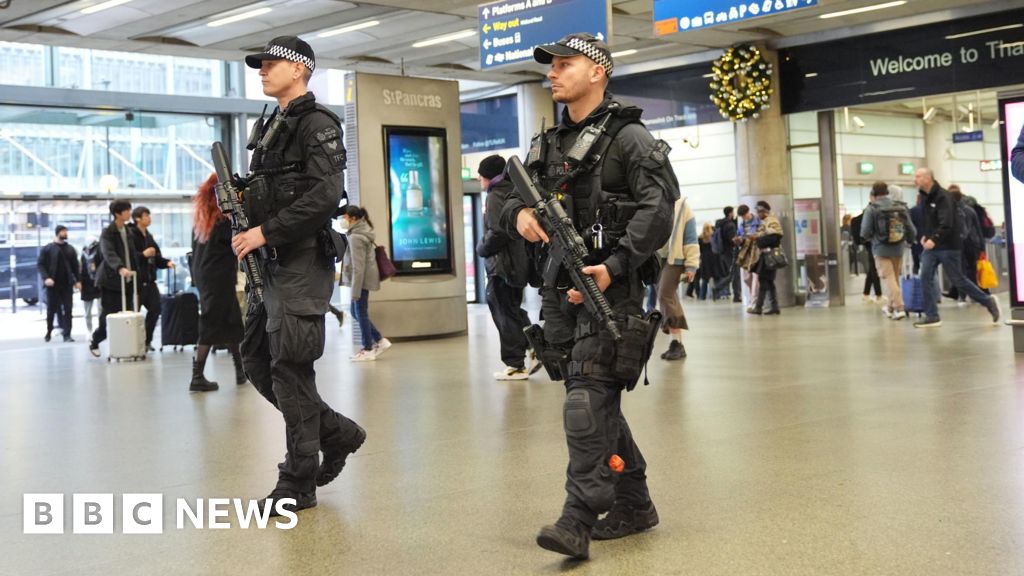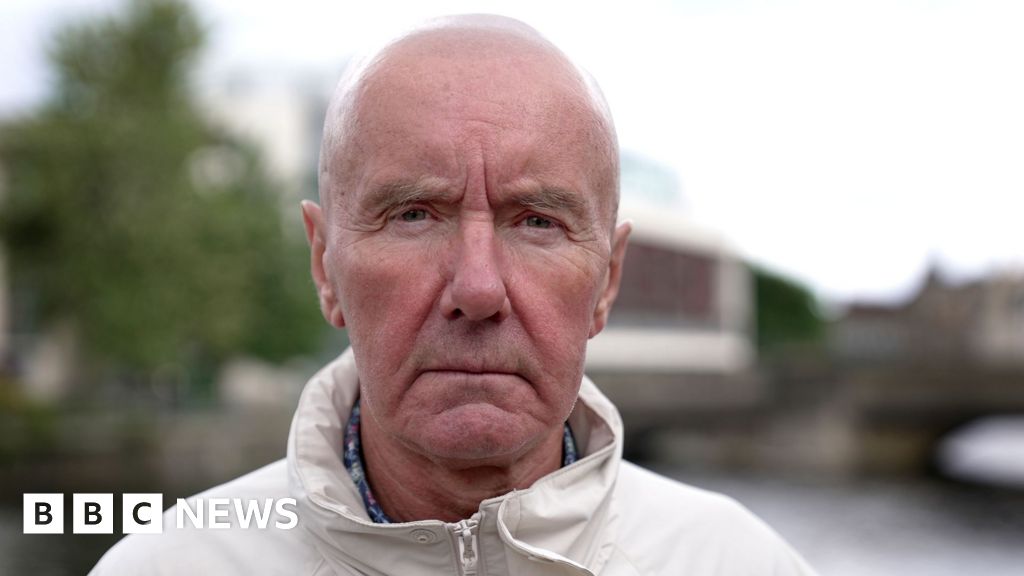Koh Ewe and Mahfouz Zubaide,BBC Producer
At least 20 people have died after an earthquake struck northern Afghanistan, local authorities say, with the toll expected to rise as rescue efforts continue.
Hundreds have also been left injured, local officials told the BBC.
The earthquake struck near Mazar-e-Sharif, one of the country's largest cities that is home to about 500,000 people, at around 01:00 local time on Monday, (20:30 GMT on Sunday).
It had a magnitude of 6.3 and a depth of 28km (17 miles), according to the US Geological Survey, and was marked at the orange alert level, which indicates "significant casualties" are likely.
More than 320 people have been injured, according to the Taliban government health ministry.
Provincial officials earlier told the BBC that casualties were likely to rise as rescue efforts continued.
Haji Zaid, a Taliban spokesman in Balkh province wrote earlier on X that "many people are injured" in the Sholgara district, south of Mazar-e- Sharif.
He said they had received "reports of minor injuries and superficial damages from all districts of the province".
"Most of the injuries were caused by people falling from tall buildings," he wrote.
Many of Mazar-e Sharif's residents rushed to the streets when the quake struck, as they feared their houses would collapse, AFP news agency reported.
The quake led to a power outage across the country including in the capital city Kabul, after electricity lines from Uzbekistan and Tajikistan - major suppliers of power to Afghanistan - were damaged.
The Taliban spokesman in Balkh also posted a video on X appearing to show debris strewn across the ground at the Blue Mosque in Mazar-e-Sharif, revered by Shia Muslims.
The mosque, built in the 15th century, is believed to house the tomb of the first Shia Imam, the son-in-law and cousin of Prophet Mohamad. It is now a site where pilgrims gather to pray and celebrate religious events.
Khalid Zadran, a Taliban spokesman for the police in Kabul, wrote on X that police are "closely monitoring the situation".
Numerous fatalities were also reported in Samangan, a mountainous province near Mazar-e-Sharif, according to its spokesman.
The quake on Monday comes after a 6.0 magnitude earthquake struck Afghanistan's mountainous eastern region in late August, killing more than 1,100 people.
That earthquake was especially deadly as the rural houses in the region were typically made of mud and timber. Residents were trapped when their houses collapsed during the quake.
Afghanistan is very prone to earthquakes because of its location on top of a number of fault lines where the Indian and Eurasian tectonic plates meet.
Poor communication networks and infrastructure - buildings there are not earthquake-resistant, for example - have often hampered rescue efforts following disasters like this.

 8 hours ago
6
8 hours ago
6

















































